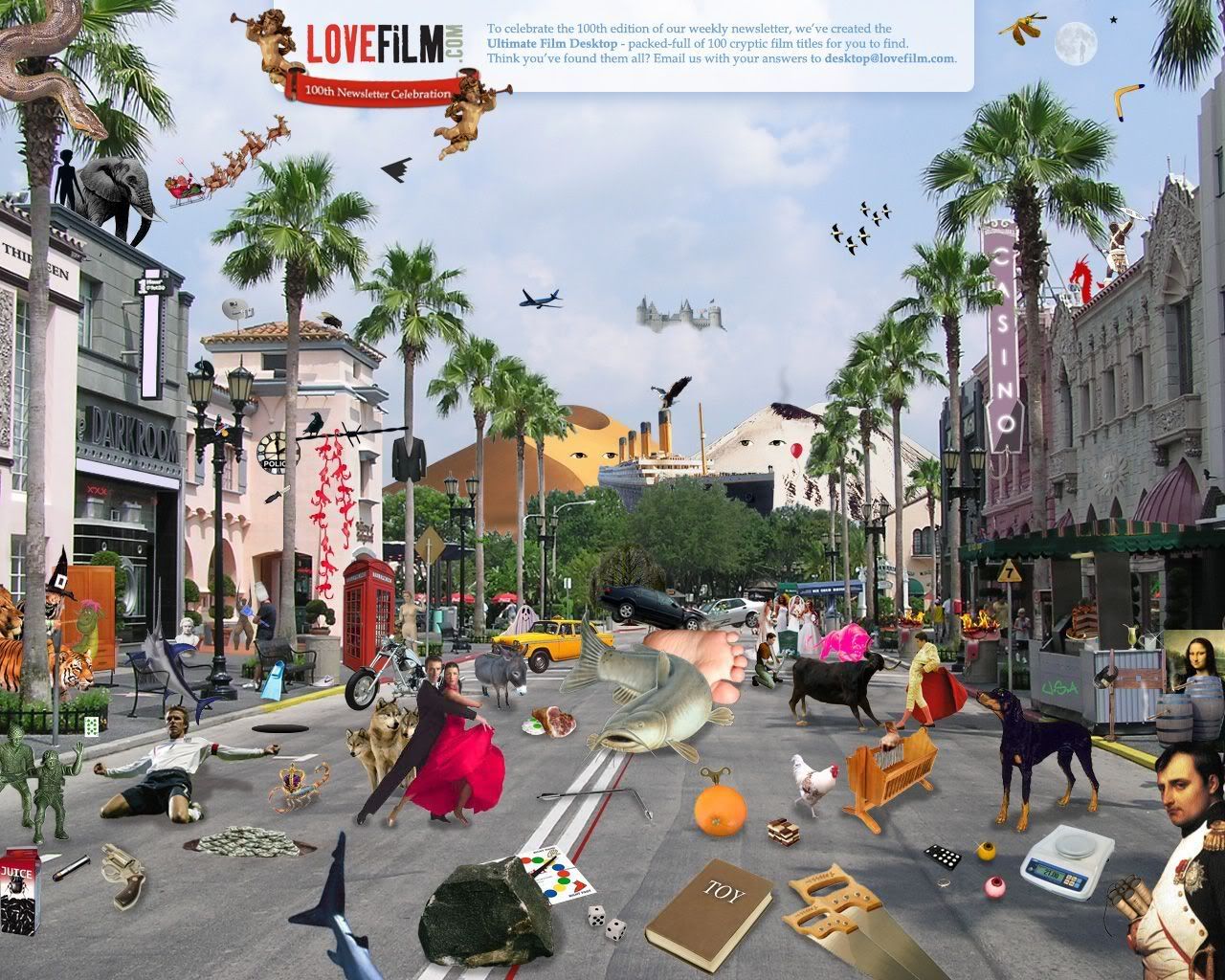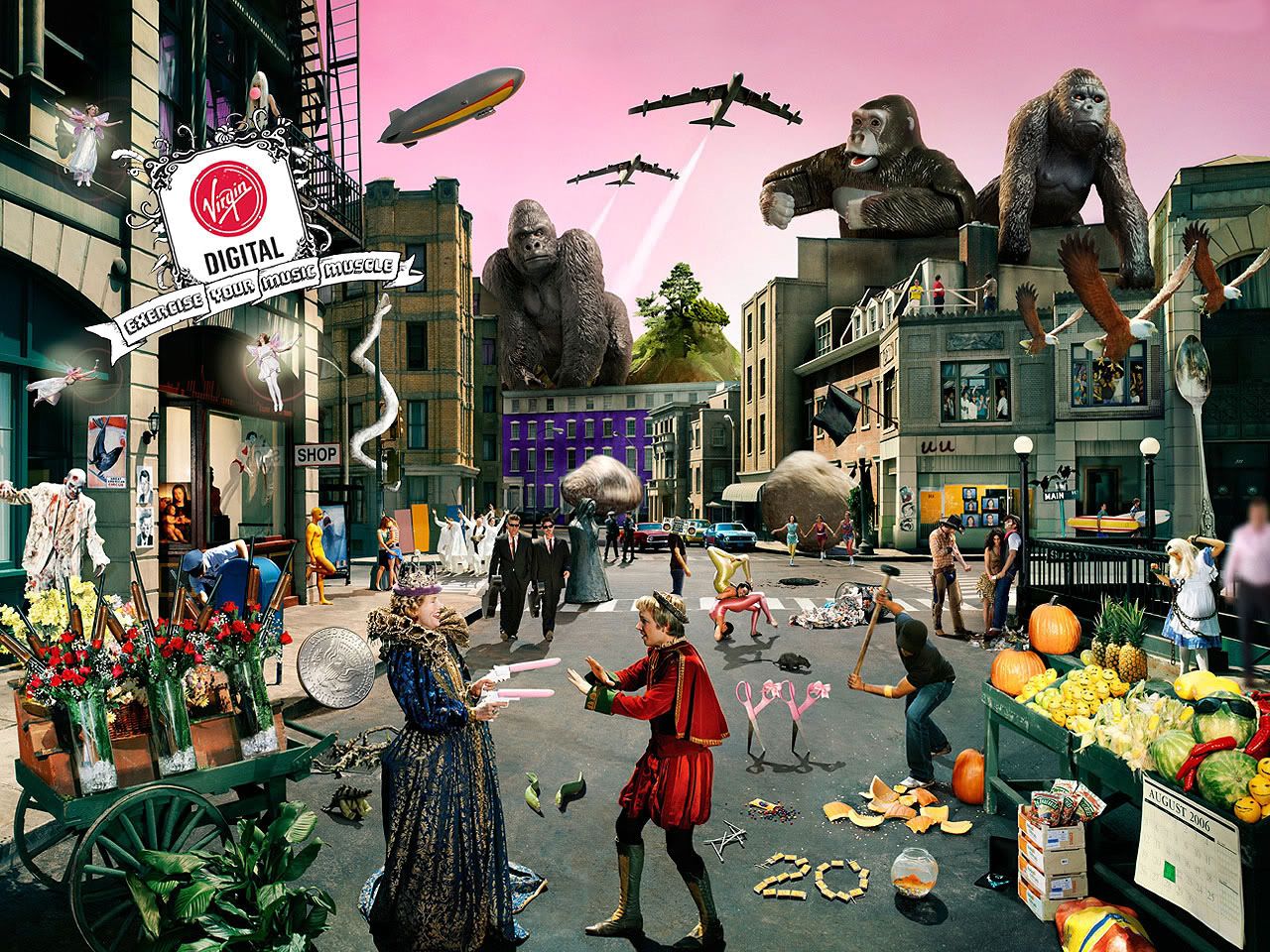http://www.cyranos.ch/metrop-e.htm
http://www.imdb.com/title/tt0017136/synopsis
http://www.philfilms.utm.edu/1/metropolis.htm
http://www.bfi.org.uk/features/lang/magic.html
http://ler.letras.up.pt/uploads/ficheiros/1639.pdf
Some useful nuggets:
As an artist and at one time a man who wanted to be an architect, Hitler likely loved the set design for its human-dwarfing grandeur characteristic of Nazi architecture which, like Hitler's paintings, showed human beings as insignificant. (Without that trait, Hitler's artwork isn't so troublesome, but that trait likely shows insights into his character).
Second, the set design and models are themselves magnificent. The vileness of the world of Metropolis shows in the social relations between an irresponsible elite that fails to recognize its own cruelty and a working class stripped of its humanity. The sets and models aren't soulless as is Nazi architecture; it's the System that is soulless.
Third, the evangelical Maria suggests a solution very different from the Nazi solution -- one of shared humanity as a solution for economic distress of workers.
... As I see it, I came away with the idea that Lang and Harbou had a vision of a fusion of Christian ethics with Marxist socialism as the solution to the distress of what was plutocracy in Germany around 1928 -- or America today. The movie's solution is certainly not Hitler's solution. I can also imagine Hitler seeing the inventor Rotwang as a prime example of a Jewish intellectual, the definitive menace to the anti-intellectual, immoral Third Reich.
Postmodernism in music video
8 years ago








No comments:
Post a Comment